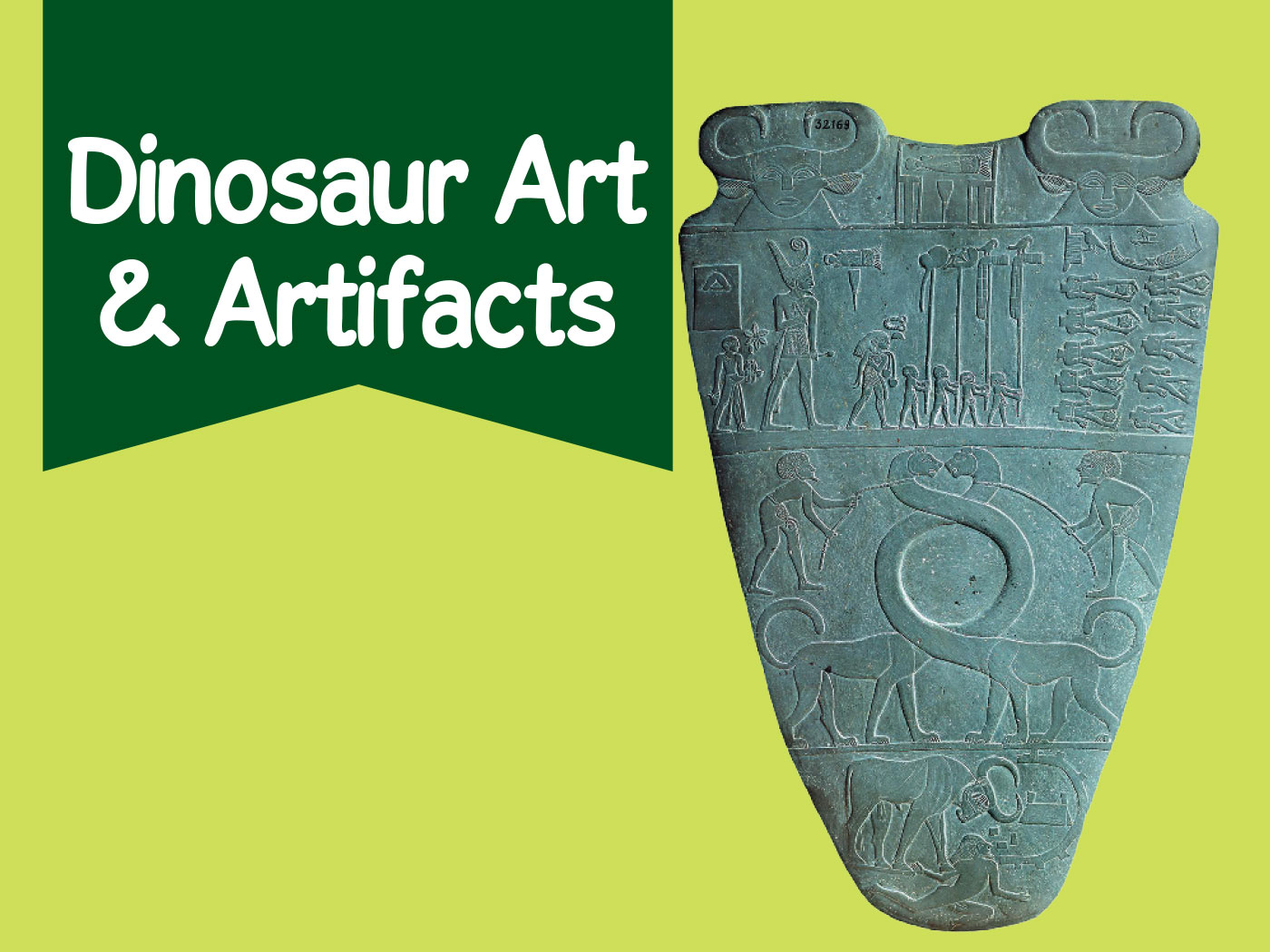Ancient cave art can give modern observers a unique glimpse into the minds of people who lived long ago. Stone Age art in European caves is best known for its beautiful paintings of animals like deer, horses, and mammoths. Recently, researchers investigated seldom-studied symbols appearing non-randomly among the paintings that may indicate that Stone Age people could communicate with written symbols.
The University of Victoria's Genevieve von Petzinger and April Nowell catalogued 26 specific markings, including a hand, a wavy line, and a spiral. They even found matching markings on some Ice Age jewelry.
The problem is that if these previously overlooked patterns do represent some form of writing, then they appear "25,000 years earlier" than when researchers believed writing originated.1 Some of the cave markings are supposedly 30,000 years old.
But Scripture indicates that the very first humans were able to read and write. Adam may have even signed his own name at the end of his written portion of Genesis, recorded as "This is the book of the generations of Adam."2
The Observer reported:
This testimony on rock walls – in daubs of ochre and charcoal mixed with spittle and fat – shows that our hunter-gatherer ancestors could depict the world around them in a startlingly sophisticated way. As the art critic John Berger once said of these painters, they appear to have had "grace from the start".1
In this regard, the testimony on the rock walls matches the testimony of Scripture. Nowell told The Observer:
Caves are funny little microcosms that protect paint. If it wasn't for the fact that these people decided to put some of their art there, then we might never have realised just how advanced they were artistically. In fact, the populations that produced these artists were people just like you or me.1
But it isn't necessary to wait for cave art studies to discern that ancient people were the same as modern people in terms of language and art. This follows from the Bible. And from that reliable record, one can also obtain a date correction for the Ice Age that shortens it from 10,000 to 2,500,000 years ago to about 3,400 to 4,400 years ago.3
References
- McKie, R. Did Stone Age cavemen talk to each other in symbols? The Observer. Posted on guardian.co.uk March 10, 2012, accessed March 12, 2012.
- "Since only Adam could have personal knowledge of all the events in Genesis 2, 3 and 4, it is reasonable to conclude that this section was originally written by him. Genesis 5:1a is thus Adam's signature at its conclusion." Notes for Genesis 5:1, Morris, H. M. 2006. The New Defender's Study Bible. Nashville, TN: World Publishing, Inc., 29.
- Sherwin, F. and B. Thomas. 2010. Understanding Evidence for the Biblical Time Scale. Acts & Facts. 39 (4): 16-17.
* Mr. Thomas is Science Writer at the Institute for Creation Research.
Article posted on April 13, 2012.
















